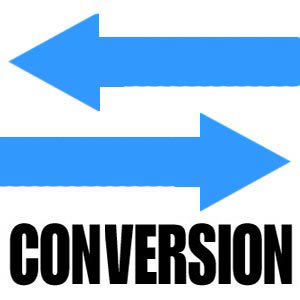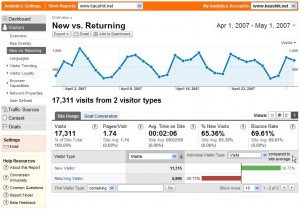Email Marketing and Website Traffic Information: The Big Picture
 Email marketing is an integral part of your overall marketing strategy, and the website traffic information you can glean from email reporting gives you an idea as to your email campaign’s effectiveness. However, when your email marketing platform doesn’t integrate with your other campaigns – like Adwords, Analytics, social media or your overall website visits – you may be missing data that can give you a better strategy.
Email marketing is an integral part of your overall marketing strategy, and the website traffic information you can glean from email reporting gives you an idea as to your email campaign’s effectiveness. However, when your email marketing platform doesn’t integrate with your other campaigns – like Adwords, Analytics, social media or your overall website visits – you may be missing data that can give you a better strategy.
Email Marketing and Website Traffic Information
A good email marketing campaign will undoubtedly bring some traffic to your website. If your current email marketing efforts don’t incorporate a linking strategy that sends visitors back to special pages on your website, it may be time to consider a change. Good linking practices can help you get your email reader even further down your sales funnel – and that’s the point of your email marketing in general.
Once you’re getting visitors back to your website via your email marketing campaigns – or if you’re getting visitors already – it’s time to take a look at how website traffic information from your email marketing efforts reflects on your overall marketing visits. Oh wait – you’re having a difficult time doing that with your current website traffic information tracking? Like many other businesses, you may not have an accurate idea of how your email marketing efforts, your Adwords or other PPC efforts or your general marketing strategy affect your campaigns on the whole.
Marketing Automation: A Holistic Perspective
The history of your email marketing may be unclear when you look at it through tools like Google Analytics. Folks who sign up for your email list may end up exploring certain areas of your website more than users who came through other methods. You may also find that the same specific email users are clicking on your email links again and again. When it comes to website traffic information, Google Analytics and other web tracking suites aren’t going to give you the kind of specific information about your visitors that you’ll get from marketing automation services. A good marketing automation dashboard will show you not just numbers – as in, xx amount of visitors have clicked over to your website from a certain email campaign – you’ll be able to see who these clicks are, assess their specific path through your website and more.
This isn’t just a fancy tool you’ll use to watch a certain visitor – its intelligence data, the kind that can change your email marketing strategy to give your users a better experience. Better experiences become greater sales and can even shorten your overall funnel or the efforts you put into doing your marketing.
When it comes to website traffic information, Lead Liaison’s suite of tools competes with other major marketing automation tools at only a portion of the price. Learn more by visiting leadliaison.com.









